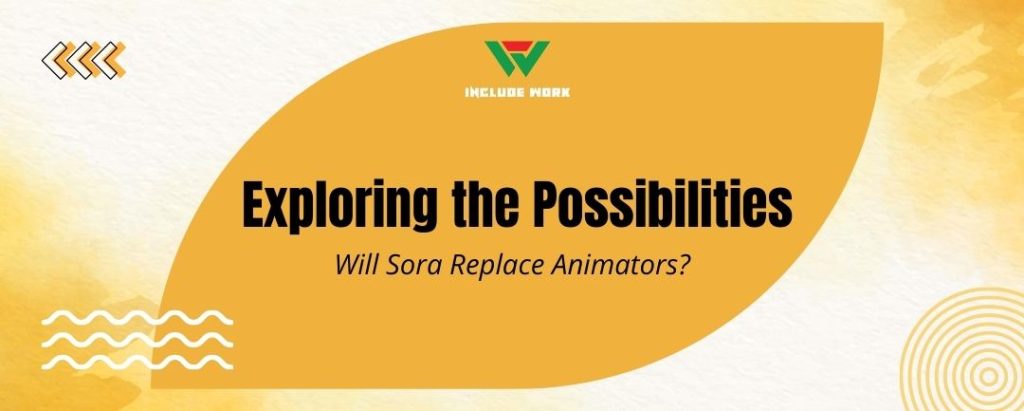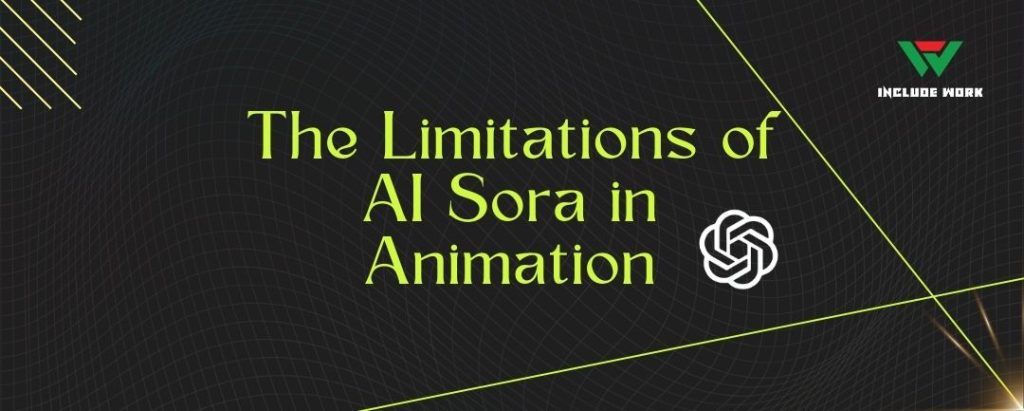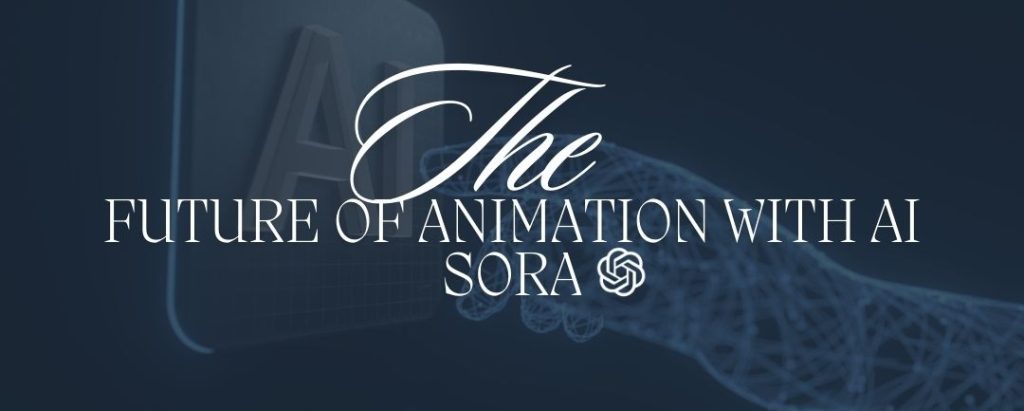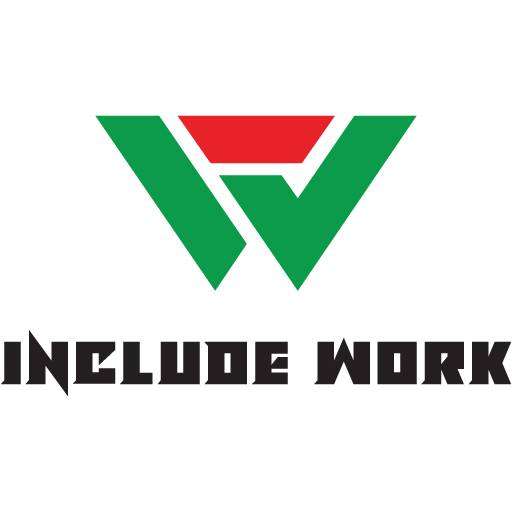Will Sora replace animators? This question is becoming increasingly relevant as AI technology advances. AI Sora is a cutting-edge tool designed to streamline the animation process. While it promises efficiency and speed, there is ongoing debate about whether it can truly replace human animators. This content will explore AI Sora’s capabilities, the current role of animators, and the potential future of animation.
Understanding AI Sora
AI Sora is an advanced artificial intelligence system designed to assist in the animation industry. By automating repetitive tasks, it allows for quicker production times and reduces the workload on human animators. AI Sora can generate animations based on predefined patterns and data, making it a powerful tool for efficiency. However, it lacks the creative intuition and emotional depth that human animators bring to their work. The goal of AI Sora is not to overshadow human talent but to complement it, enhancing productivity while maintaining artistic integrity.

The Role of Animators Today
Animators play a crucial role in the creative industry. They bring stories to life through their unique artistic skills, emotional depth, and creativity. Their work involves:
- Storyboarding: Creating the visual blueprint for animations.
- Character Design: Developing unique and expressive characters.
- Motion Capture: Using technology to enhance realistic movements.
- Collaboration: Working with directors, writers, and other artists to create cohesive and engaging content.
Animators’ creativity and ability to convey emotions through their art are irreplaceable. They shape the narratives and aesthetics that resonate with audiences worldwide.

Will Sora Replace Animators? Exploring the Possibilities
Will Sora replace animators? While AI Sora offers significant benefits, it cannot fully replace the human touch. Here are some key points to consider:
- Efficiency vs. Creativity: AI Sora excels in efficiency, but creativity requires human intuition.
- Cost-Effectiveness: AI can reduce production costs, but initial setup and training can be expensive.
- Quality Control: Human animators ensure the quality and consistency of animations, something AI may struggle with.
AI Sora can handle repetitive tasks and provide support, but the creative decisions and nuanced storytelling still require human expertise.
The Limitations of AI Sora in Animation
Despite its impressive capabilities, AI Sora has limitations that prevent it from fully replacing human animators:

- Lack of Creativity: AI Sora can follow patterns but cannot create original ideas or innovate beyond its programming.
- Emotional Depth: Human animators infuse their work with emotion, making characters and stories relatable and engaging. AI lacks this emotional intelligence.
- Complex Scenes: While AI can handle simple tasks, complex scenes with intricate details often require human intervention.
- Adaptability: AI struggles with adapting to unexpected changes or creative directions that weren’t pre-programmed.
These limitations highlight the importance of human animators in maintaining the quality and creativity of animated works.
Will Sora Replace Animators? Or Assist Them?
The more realistic question might be, “Will Sora replace animators, or will it assist them?” AI Sora is more likely to serve as a powerful tool that enhances the work of animators rather than replaces them. Here’s how AI Sora can assist:
- Time-Saving: Automating repetitive tasks allows animators to focus on more complex and creative aspects of their work.
- Increased Productivity: With AI handling basic tasks, the overall production time decreases, leading to more projects being completed.
- Enhanced Precision: AI can achieve high levels of precision in tasks like in-betweening and color correction, reducing the margin of error.
AI Sora is a valuable assistant that boosts efficiency while leaving the creative and emotional storytelling to human animators.
Industry Perspectives on AI Sora
Industry leaders have mixed opinions on whether Sora will replace animators. Some see AI as a threat to jobs, while others view it as a valuable asset.
- John Lasseter, former Chief Creative Officer at Pixar, states: “AI can never replace the heart and soul that human animators bring to their work. It can assist, but the creative spark comes from people.”
- A report by Deloitte suggests that while automation may replace some tasks, it will create new opportunities for skilled animators to focus on more creative and complex aspects of production.
- A survey by Animation Magazine found that 70% of animators believe AI will assist rather than replace their roles.
These perspectives suggest a future where AI Sora works alongside human animators to create better and more efficient animation projects.

The Future of Animation with AI Sora
The future of animation with AI Sora is promising. As technology evolves, AI’s role in animation will likely expand, but always in tandem with human creativity. Key predictions include:
- Hybrid Workflows: Combining AI’s efficiency with human creativity will become standard practice in animation studios.
- New Job Roles: Roles like AI Supervisors and Animation Technicians will emerge, focusing on integrating AI tools with traditional animation methods.
- Enhanced Storytelling: AI can handle technical aspects, allowing animators to concentrate on storytelling and character development.
- Educational Shifts: Animation education will incorporate AI training, ensuring future animators are proficient in using these advanced tools.
AI Sora’s integration into animation will lead to more innovative and diverse projects, pushing the boundaries of what’s possible.
Will Sora Replace Animators? | Real experience
Great question. Will Sora replace animators? As someone who’s been in the animation industry for years, I can tell you firsthand that while Sora, or any advanced AI, is a powerful tool, it’s not here to replace animators. Think of it as an enhancement to our creative arsenal. I remember working on a project where we integrated AI to streamline the animation process.
Initially, there was a lot of skepticism among my team members, fearing that AI would take over their jobs. But what we found was quite the opposite. Instead of doing the heavy lifting, AI helped with repetitive tasks, allowing us to focus on the more creative aspects like character development and storytelling.
One story that comes to mind is from a few years ago when we were on a tight deadline for a major animated film. We decided to experiment with AI to assist with the in-between frames, a tedious task that usually eats up a lot of time. To our surprise, the AI performed exceptionally well, giving us the freedom to refine the characters’ expressions and perfect the storyline. By the end of the project, not only did we meet the deadline, but we also delivered a product that was richer and more nuanced than anything we could have done alone.
So, will Sora replace animators? The answer is no. Sora and similar technologies are incredible for efficiency, but they enhance rather than replace human creativity. The unique touch of an animator, the emotional depth, and the storytelling nuances can’t be replicated by AI alone. So, rest assured, animators will always have a place in the industry, and AI will just be another tool to help us shine brighter.
Conclusion
Will Sora replace animators? The answer is nuanced. While AI Sora offers remarkable efficiency and support, it cannot replace the unique creativity and emotional depth human animators bring to their work. Instead, AI Sora will likely serve as a powerful assistant, streamlining workflows and allowing animators to focus on the more intricate and creative aspects of their craft. The future of animation will be a blend of AI and human talent, leading to richer and more engaging content.

